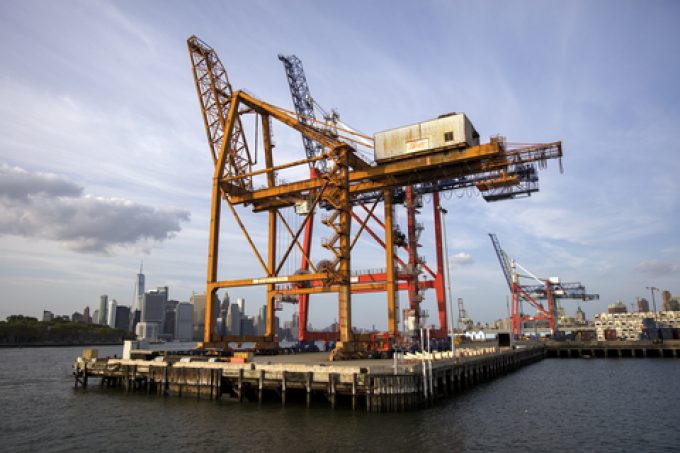Soft airfreight market casts doubt over H2 peak
Late today, as the US celebrates Independence Day, the ending of de minimis exemptions for ...

A prolonged strike on the US east and Gulf coasts could prove “toxic” to global container supply chains – and even if industrial action lasts only a few days, it is likely to have ramifications into 2025.
Xeneta chief analyst Peter Sand said today there were ...

Comment on this article